I don’t normally review two books together but I do often have two books on the go. This time it was a fiction book and nonfiction book and I’ve never had such a pair. Amanda Leduc’s The Miracles of Ordinary Men is about a man who wakes up an angel and through a series of coincidences attempts to figure out God’s greater plan for him. Bruce MacNab’s The Metamorphosis: The Apprenticeship of Harry Houdini
is about Harry Houdini’s Maritime tour in the years before he became a famous escape artist and all the coincidences between his fame and that tour.
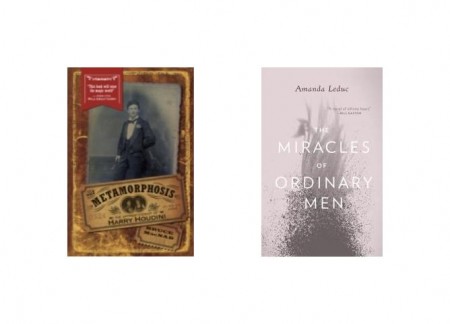
In both we have a transformation from ordinary man to extraordinary being. We have magic. And we have the coincidence problem. (Aside: If you haven’t read Stephen Osborne’s The Coincidence Problem please do so!).
From the Foreword of The Metamorphosis
Quote: Harry Houdini died in 1926. By 1959 only three biographies detailing his life and legend had been published. Today, in 2012, there are literally hundreds of books about the great showman, and almost all of them share the same problem. They concentrate on the part of Houdini’s life when he was a star, one of the most well-known personalities of his time, a time when he maintained an almost daily relationship with the press. He was one of the most photographed men of his time.
The Metamorphosis looks at the time before the fame, when Houdini was travelling with his young wife who was also a performer and they were getting the barest of audiences. The book’s focus is 1891-1899, in particular a tour of Nova Scotia that Houdini and Bessie undertook in their second year of marriage, and it’s full of photos from those early years both of the Houdinis and of the locations where they performed. In short, it’s a fascinating read and Bruce MacNab’s research highlights all the small stepping stones that took Houdini from the Marco Magic Company all the way to the big time.
The first chapter of The Miracles of Ordinary Men is labeled Ten, and the reader goes backwards in chapter numbers but not necessarily time.
From Chapter Ten
Quote: Sam’s cat crumpled like paper under the truck’s wheel. He knelt down to touch her and then something like heat, some sudden shock of air, surged through his hands.
Suddenly she was breathing, blicking up at him through a mass of matted fur. Dead, and then not-dead, and his were the hands that had done it.
From there we follow Sam and Chickenhead (the cat) through the death of Sam’s mother, the reconnection of Sam with Father Jim (who can see the wings) and Sam’s eventual discovery of Timothy, who also has wings. Timothy has taken to the streets, not knowing how to cope with his transformation, and his sister Lilah becomes another connection to Sam.
The two storylines that intersect are that of Sam and Timothy/Lilah. Lilah, or rather Delilah, is a wandering soul who is dating an abusive, power hungry man who is also her boss. The Boss is a bit of a dark force who’s the counterbalance to the mediocre, weak angel that is Sam.
The novel is philosophical in its open-end questions about God’s plan, our time on earth and the role of evil. I can’t say it’s an uplifting read but what it lacks in optimism it makes up for in eloquency.
Want more? Check out the publisher websites:
http://www.ecwpress.com/miracles
http://www.gooselane.com/books.php?ean=9780864926777






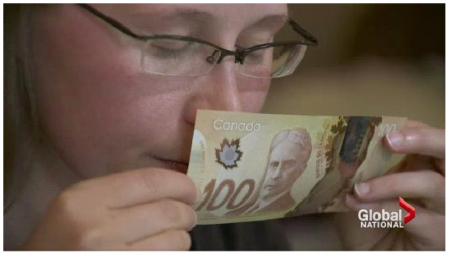



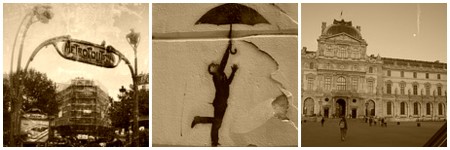
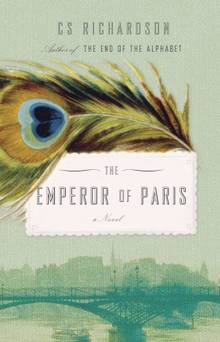 The story of the N’s disappearance is a regular request from the bakery’s patrons, the most fantastical version being about thieves who spread across France stealing Ns and the most favourite being that of Napolean stealing the N himself.
The story of the N’s disappearance is a regular request from the bakery’s patrons, the most fantastical version being about thieves who spread across France stealing Ns and the most favourite being that of Napolean stealing the N himself. 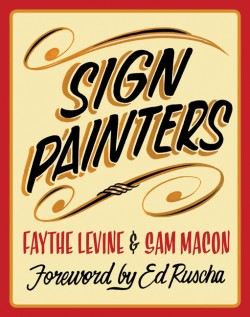 In 2010 filmmakers Faythe Levine, coauthor of
In 2010 filmmakers Faythe Levine, coauthor of